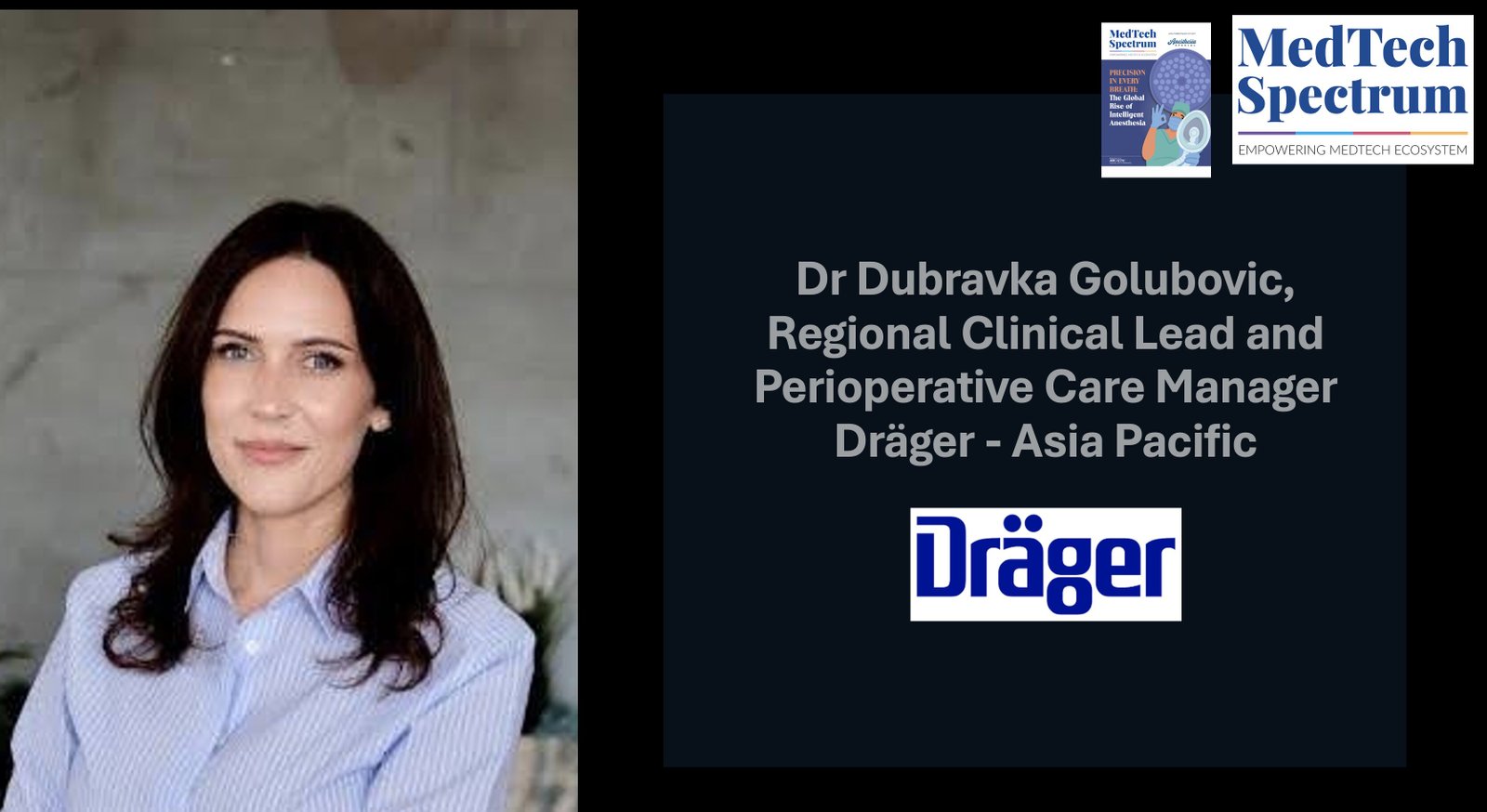According to the World Obesity Atlas 2024, over half the world's population could exceed a healthy weight by 2035. In India, obesity rates are steadily rising, with 23% of men and 24% of women classified as overweight or obese (NFHS-5, 2019-21). These numbers underscore the increasing challenges in perioperative care, demanding innovative approaches and advanced medical technologies.
Why Obesity Presents Challenges in Anaesthesia
Managing Anaesthesia for obese patients with BMI ≥30 involves distinct anatomical and physiological hurdles, such as:
- Difficult Airway Management: Obese individuals face a greater risk of difficult mask ventilation and tracheal intubation.
- Rapid Oxygen Desaturation: Reduced lung capacity and higher oxygen consumption lead to faster desaturation during induction.
- Increased Work of Breathing: Excess body weight puts pressure on the diaphragm, restricting lung expansion.
- Intrinsic PEEP (Positive End-Expiratory Pressure): Shorter expiration times and higher airway resistance result in residual lung pressure, affecting oxygenation.
- Postoperative Complications: Obese patients are more prone to conditions like atelectasis, pneumonia, and respiratory failure.
Leveraging Technology for Better Outcomes
Advanced Anaesthesia machines, such as Dräger’s Perseus A500 and Atlan family, are designed to tackle obesity-related respiratory issues with cutting-edge features:
- Real CPAP (Continuous Positive Airway Pressure) capabilities.
- Lung-protective ventilation strategies.
- Automated recruitment maneuvers to enhance oxygenation and patient safety.
These advancements empower anesthesiologists to optimize care, reduce complications, and enhance patient safety.
Key Strategies for Improved Anaesthesia in Obese Patients
- Pre-Oxygenation:
- Elevating the patient’s upper body improves lung’s function pre-surgery.
- Using active CPAP pre-oxygenation reduces breathing effort and prevents desaturation.
- Intraoperative Ventilation:
- Adjusting tidal volumes based on Predicted Body Weight (PBW) avoids lung overdistension.
- Conducting stepwise recruitment maneuvers (RMs) with technologies like the Draeger Perseus® A500 reopens collapsed lung areas for better oxygenation.
- Maintaining optimal PEEP after RMs prevents lung re-collapse.
- Postoperative Recovery:
- Keeping patients in an elevated position post-extubation reduces respiratory distress.
- CPAP or Non-invasive Ventilation (NIV) mitigates risks of atelectasis and pneumonia.
Preparing for the Future
With obesity rates continuing to rise, healthcare systems must adapt to ensure effective perioperative care. Investing in modern ventilation technologies and strategies will play a crucial role in improving surgical outcomes, reducing ICU stays, and enhancing patient safety.
Tackling obesity-related anaesthesia challenges requires a collective commitment to innovation and patient-centered care. By leveraging advanced solutions and clinical expertise, we can significantly improve outcomes for this growing patient population. Let’s work together to embrace the future of anaesthesia with confidence and compassion.
